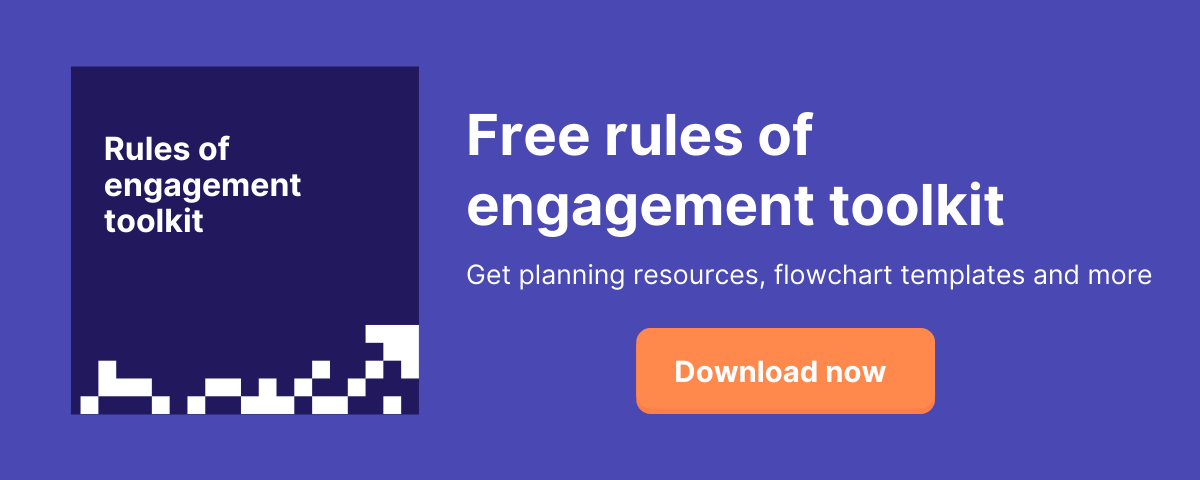In the 20th century, Toyota perfected its Toyota Production System. Also known as TPS (no, not that TPS), Toyota's system is a model of automation and efficiency. Kind of like your revenue organization, right?
Since its development, Toyota’s principles have been applied everywhere, from digital workspaces to interpersonal relationships to door factories. We even see it continuing to help Toyota weather all kinds of modern-day supply chain storms. Every business and organizational behavior grad student studies it (I certainly did, and if you have an MBA, you probably did too).
At its core, TPS values efficiently, productivity, trial and error, and waste reduction. But it also highlights the importance of people working alongside technology for the best results. Toyota stresses that “machines, facilities and people work together” to achieve maximum efficiency. It's a true systems approach, understanding the interconnectedness of the full system, and knowing that changes to one process impact all others.
So let's discuss how the Toyota system can be applied to B2B revenue organizations.
1. Revenue organizations are systems
A revenue organization is a system. From the very top-of-funnel comms and marketing efforts all the way through customer service and retention, every piece of your customer engine is connected.
That means that changes to marketing campaigns have an impact all the way down the funnel. What you do in a sales outreach will impact retention a year later. Every piece of your go-to-market team is connected, and you need to consider those relationships carefully. This goes beyond simple team alignment; it requires true coordination. You can't achieve this with weekly meetings between your heads of sales, marketing, and customer success. You need a CRO to oversee the full system. You need people who work between teams. You need trust.
Just like on a factory floor, each piece of your revenue system is connected to the ones before and after it. If there's a slowdown on one machine, it will impact production on the others. If there are leaks in the lead-to-opportunity part of your funnel, it will impact new business next month and growth next year.
This also highlights the importance of flows. Materials flow through a factory, becoming part of a final product or output. Accounts flow through a revenue organization, becoming customers.
2. People + technology = 💯
One of the pillars of Toyota's system is jidoka - “automation with a human touch.” It's the idea that machines or technology can do a lot of work people don't need to, freeing up the humans to do what they do best.
This is incredibly important to a revenue organization. Modern organizations automate lots of manual processes, freeing up space for people to do what they're best at.
There are myriad technologies that can help with this, such as marketing automation and sales engagement. Tools that send regular email cadences on a schedule, or send calendar invitations. Removing these low-level tasks means people can spend more time on higher-value things, like establishing relationships. The best sales organizations have figured out the right combination of automation and human effort.
3. Human resources should be developed
The Toyota system has tremendous respect for the people in it. They stress trust, responsibility, and growth. There's a focus on learning and development, to ensure the team is functioning at peak performance. Just as you'd maintain your equipment or technology, you should maintain your people.
High performing sales teams have figured out effective sales enablement, employ robust training programs, and invest resources in employee development. They likely have comfortable work environments, open communication, and do everything they can to engender trust among teams.
4. Get better every day
If you've heard of only one part of TPS, it's probably the focus on continuous improvement, a concept known as kaizen (roughly, "change is good"). This refers to improvement in both human skills and technologies. The goal is to identify areas that aren't performing as well, and improve them to elevate the whole system, and then do it again.
Innovation is fundamental. There's always something that can be improved to positively affect the entire system.
Opportunities for improvement can come from anywhere. In a revenue organization, reps - who spend their days talking to prospects and living in the processes you've set up - will likely have ideas for rough edges or inefficiencies that can be improved.
This is also a core focus on Eliyahu M. Goldratt's The Goal. Identifying - and fixing - bottlenecks in your system will improve the overall performance of your whole system. There's more on that here.
5. Develop a standardized workload
The Toyota system encourages leveling out the workload. If there are parts of a system that do more than others, this will eventually result in blockages or backlogs. So the work should be evened out through the team.
For Toyota, the best system is lean, and you only produce what you need for the next stage in your process. In a revenue org, this takes a lot of forms, such as balanced sales books - if a rep has more opportunities than they can realistically work, some will fall on the floor. Waste in your sales funnel is expensive, the same way physical waste in a factory is.
In addition, it's important to have visual control. Develop standard processes you can apply across your organization, processes that you can see, so you know what is happening at any stage. This is particularly difficult in a revenue organization. Having complete insight into your entire (complex, ever-evolving) revenue system is not an easy job, but one that's worth the effort.
Similarly, if you can't measure it, you can't improve it. If you don't see it, you can't improve it. Focus on measuring what really matters, and ensuring you have a view into every part of your revenue system.
Tl;dr - Your revenue org is a system, with people and technology that work together to produce the best results. For maximum efficiency, focus on developing your people, continuously improving, and distributing your workload.







